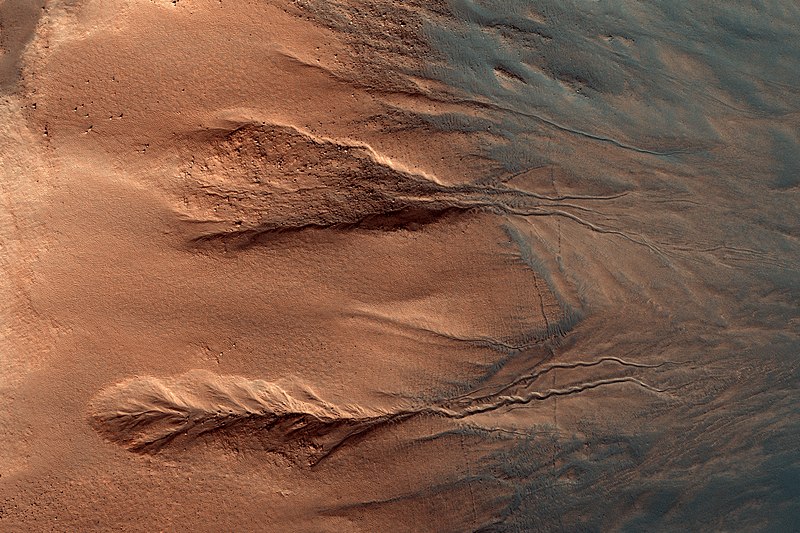Súbor:PIA11178 - The Contrasting Colors of Crater Dunes and Gullies.jpg

Veľkosť tohto náhľadu: 800 × 533 pixelov. Iné rozlíšenia: 320 × 213 pixelov | 640 × 427 pixelov | 1 024 × 683 pixelov | 1 280 × 853 pixelov | 2 560 × 1 707 pixelov | 4 500 × 3 000 pixelov .
Pôvodný súbor (4 500 × 3 000 pixelov, veľkosť súboru: 15,71 MB, MIME typ: image/jpeg)
História súboru
Po kliknutí na dátum/čas uvidíte ako súbor vyzeral vtedy.
| Dátum/Čas | Náhľad | Rozmery | Používateľ | Komentár | |
|---|---|---|---|---|---|
| aktuálna | 17:26, 7. január 2019 |  | 4 500 × 3 000 (15,71 MB) | Kesäperuna | 100% JPEG quality from full quality TIFF. |
| 21:11, 3. február 2017 |  | 4 500 × 3 000 (2,3 MB) | PhilipTerryGraham | User created page with UploadWizard |
Použitie súboru
Na tento súbor odkazujú nasledujúce 2 stránky:
Globálne využitie súborov
Nasledovné ďalšie wiki používajú tento súbor:
- Použitie na bg.wikipedia.org
- Použitie na en.wikipedia.org
- Použitie na fr.wikipedia.org
- Použitie na incubator.wikimedia.org
- Použitie na nl.wikipedia.org



